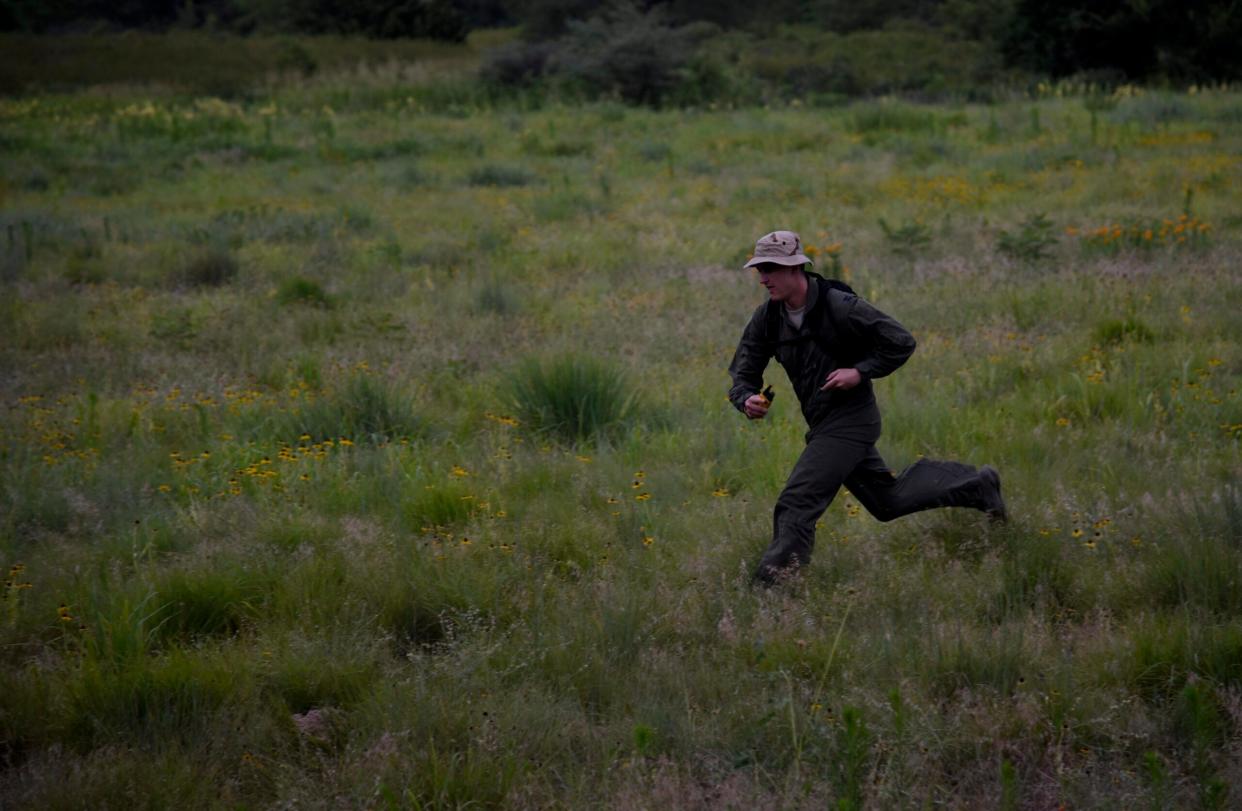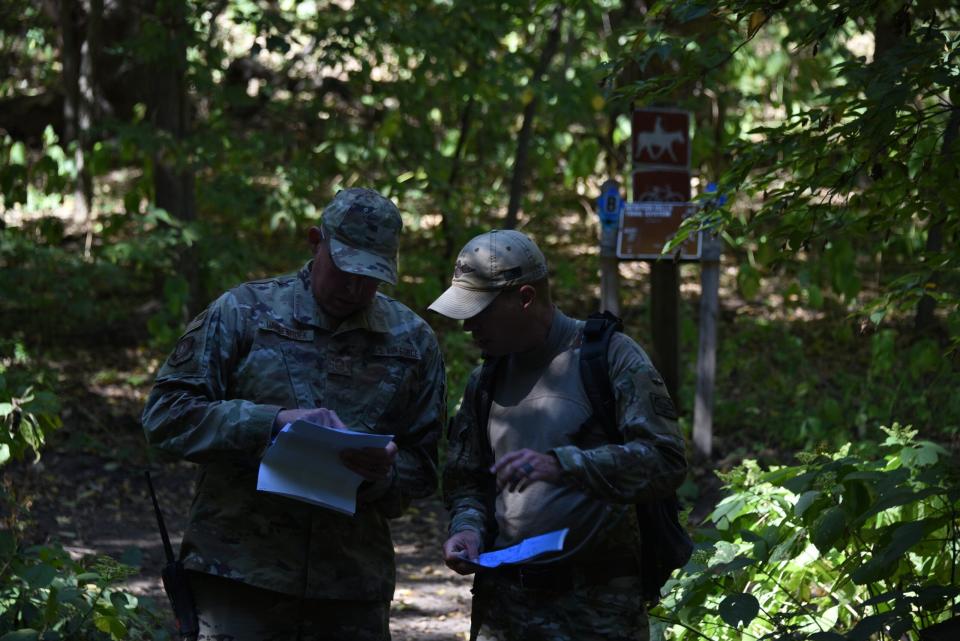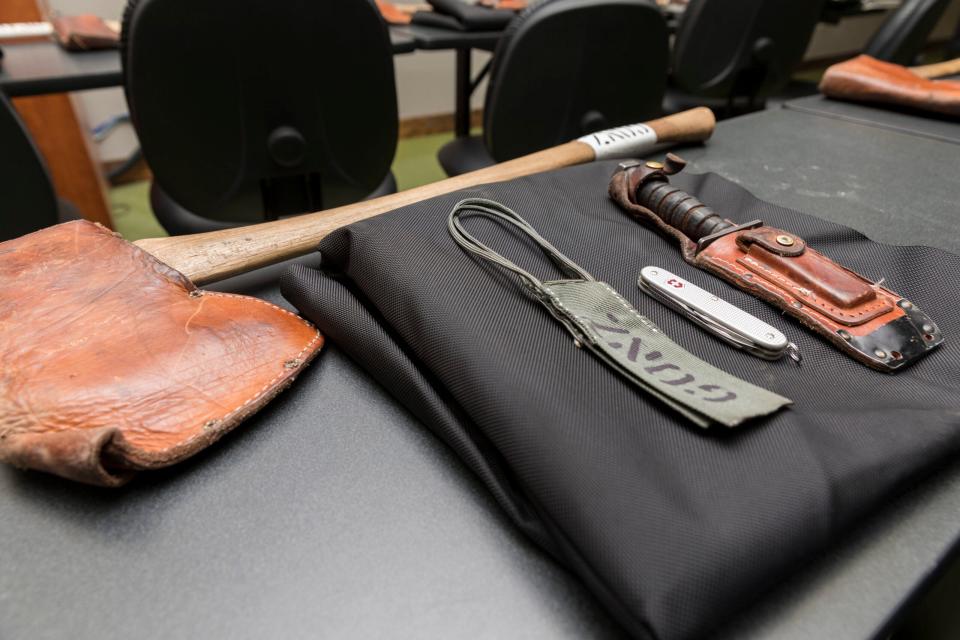SERE training: Survival against all odds

In the unforgiving theater of warfare, survival is more than just a buzzword - it's the razor's edge that separates the victors from the vanquished. Today, we're not just surviving, we're thriving as we delve headfirst into the pulse-racing world of military survival training: "SERE". From heart-stopping narratives to lessons etched in blood and grit, we're about to crack open the survival playbook. So buckle up and prepare for an unforgettable journey into the heart of military resilience!
The SERE standard
Survival, Evasion, Resistance, and Escape (SERE) training - now that's something you don't forget in a hurry! This grueling program lays the survival foundation for all military survival training. But what does SERE training really mean on the ground? Let's peel back the layers on this monster of a training regimen.
SERE training is not your average boot camp. It's the mental and physical Olympics of military programs. This is where you learn to pull rabbits out of hats - find water and food, build shelter, and nurse your wounds in the wild. It's not just about hanging on to life with bare hands, it's about turning Mother Nature into an ally, regardless of whether you're lost in a dense forest or stranded in a barren desert.
In the shadows
Ever fantasized about disappearing without a trace, blending into your surroundings like a chameleon, leaving pursuers with nothing but empty air? Well, at SERE, it's not just a dream. It's a skill called evasion that's drilled into every trainee. You're going to learn to paint your own masterpiece of deception and stealth.
At its heart, evasion training is about keeping your wits about you, staying one step ahead, and becoming a ghost in the shadows. You'll pick up the art of moving undetected, slipping past enemy lines, using natural cover, and leaving no trace of your passage. You'll get the lowdown on camouflage techniques, secret travel methods, and even how to conceal your tracks and signs of passage to stay hidden.
This isn't just classroom stuff. SERE takes you out into the field, testing your evasion skills in adrenaline-fueled exercises that involve evading trained trackers. It's heart-stopping, pulse-pounding stuff that offers a taste of what real evasion scenarios entail. And it's a wild ride that you'll never forget.

When you’re caught
The thought of getting caught by the enemy is enough to give any soldier the cold sweats. But SERE's resistance training has got your back. This is where you prepare for that nightmare scenario. It's not going to be easy, but hey, who said survival was a walk in the park?
Resistance training is a mental marathon, one that puts your mental fortitude to the ultimate test. You're going to learn to withstand interrogation tactics, resist psychological manipulation, and maintain your dignity and sanity in the face of intense pressure. It's like mental armor, and it's crucial when it comes to safeguarding important information and your own mental health.
But don't be daunted. SERE's training is designed to equip you with the strategies and psychological tools needed to navigate these situations, to survive and to thrive.
The art of escape
Getting captured is just the start. The real challenge lies in breaking free and returning to friendly forces. And this is where the art of escape comes in. It's an exercise in cunning, skill, and resilience, and at SERE, you're going to learn it from the best.
Escape training goes beyond physical skills. You're going to learn how to free yourself from restraints, sure. But you'll also delve into navigation techniques that don't rely on maps or compasses, communication methods to signal friendly forces, and even how to procure food and water if you're on the run.
But at the heart of it all lies strategic thinking and problem-solving. You'll learn to plan your escape carefully, exploiting weaknesses in enemy forces and turning the tables in your favor. From mock prison camps to realistic escape scenarios, you're going to be put to the test in situations designed to challenge you and make you think on your feet.
By the time you're done, you'll be giving Houdini a run for his money. And more importantly, you'll be ready to break free from any situation and make your way back to safety.
Lessons from the frontline
Stories from the frontlines are more than just gripping tales of heroism and resilience. They're rich lessons in survival, proving the real-world value of what you learn at SERE school. Every narrative is a treasure trove of practical insights, as experienced by those who've braved the odds and lived to tell the tale.
Take, for example, the unforgettable story of Marcus Luttrell, a Navy SEAL who faced a nightmare scenario in the rugged mountains of Afghanistan. During Operation Red Wings in 2005, Luttrell's four-man team was ambushed by enemy forces. Outnumbered and outgunned, Luttrell was the only one to survive the brutal firefight.
Injured, alone, and in enemy territory, Luttrell's survival odds were slim. But this is where his SERE training came into play. He relied on his survival skills to find water, tend to his injuries, and build a shelter. His evasion training helped him avoid capture as he moved stealthily, staying one step ahead of the enemy.
Luttrell also leaned on his resistance training, pushing past the limits of pain and exhaustion, and maintaining the will to survive. And when it came to escaping, he used a mix of ingenuity and local assistance, ultimately leading to his rescue.
Luttrell's story is a powerful testament to the value of SERE principles. It underscores the importance of survival training, not just as a theoretical concept, but as a practical toolkit that can make all the difference in life-or-death situations.
As we delve into the survival stories from the frontlines, we gain invaluable insights and lessons. They reinforce the core tenets of SERE training – survival, evasion, resistance, and escape. And they remind us of the extraordinary power of the human spirit, pushing past the brink, refusing to give up, and surviving against all odds.

Conquering extreme environments
Whether it's the freezing Arctic or the scorching desert, survival training prepares you to take on the toughest environments on Earth. Like Dr. Murray Peshkin from the Manhattan Project, who survived a plane crash in the Arctic and lived for 84 days before being rescued. Or the British SAS soldiers who trudged through miles of desert during the Gulf War. Each of these stories is a testament to the power of adaptability, resourcefulness and survival training.
Outsmarting the enemy
When it comes to escape and evasion, cunning and physical prowess go hand in hand. U.S. Navy pilot Dieter Dengler is a prime example. Shot down over Laos during the Vietnam War, Dengler was captured and held prisoner. But he didn't sit idle; he planned and executed an escape that saw him surviving in the jungle before he was rescued. Similarly, British SAS soldier Bill Goldsworthy slipped from his captors during the Gulf War and stayed under the radar till rescue came. These stories underline the role of strategic thinking and physical fitness in evasion scenarios.
Adapting to change
Warfare never stands still. As the theater of conflict evolves, so too must our survival training. This isn't just about staying up-to-date; it's about staying ahead of the curve. Let's take a peek at the latest techniques and tools pushing the boundaries of survival training.
Medical training has seen significant advancements in recent years. Frontline medics aren't the only ones carrying first-aid kits anymore. From managing trauma to administering basic first aid, we're making sure everyone has the ability to provide immediate medical assistance. Not just to themselves, but also to their teammates.
Navigation and communication are also getting a tech facelift. Sure, you need to know how to navigate by the stars and send smoke signals. But what if you had a personal drone for aerial recon or a compact device that could send out a distress signal even from the remotest corners of the earth? Well, that's not a 'what if' anymore. With the integration of cutting-edge tech into survival training, we're redefining the very notion of 'cut off'.
Another major area of focus is psychological resilience. We're starting to realize that survival is not just about the body, it's also about the mind. New training modules are being introduced to help soldiers handle stress and maintain mental health even in the face of adversity.
We're also learning from the experiences of those who've been there, done that. Real-world survival stories from conflict zones are being analyzed and incorporated into our training programs.
The winds of change are blowing strong in the realm of survival training. We're not just riding these winds, we're harnessing them to push the boundaries of what we can achieve. We're making sure our survival training is never static, and never outdated. And that, folks, is how we stay ready for anything.
